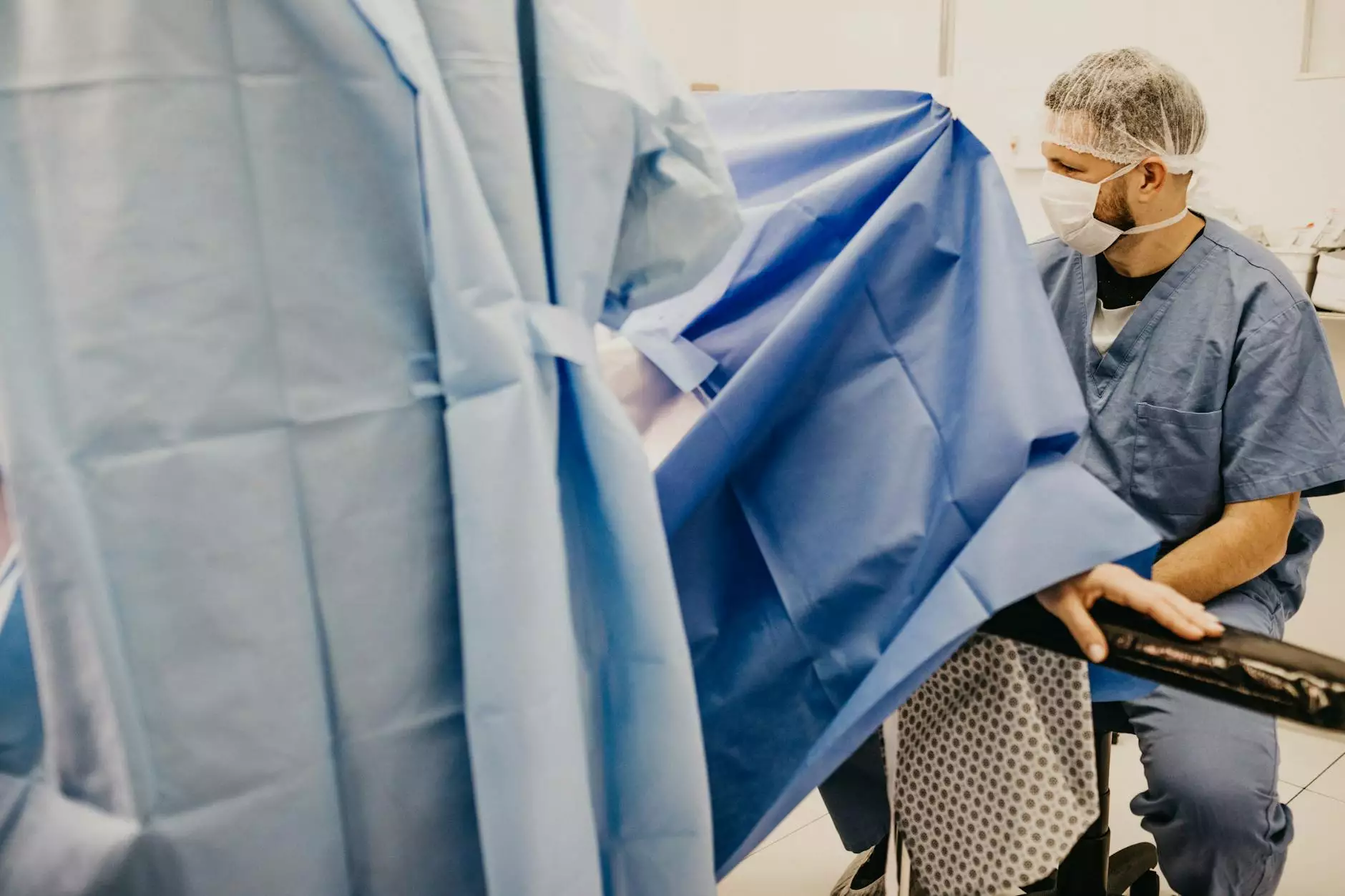Lung Nodule Surgery: Understanding, Benefits, and Advancements

Lung nodules are small growths in the lungs that are often discovered incidentally during imaging tests for other conditions. While many lung nodules are benign, some may be malignant, making lung nodule surgery a crucial intervention. This article delves into the various aspects of lung nodule surgery, including its importance, the surgical techniques used, recovery considerations, and the latest advancements in this medical field.
What are Lung Nodules?
A lung nodule is defined as a small round or oval-shaped growth in the lung. These nodules can range in size and may be detected through imaging techniques such as X-rays or CT scans. Understanding lung nodules is essential because:
- Detection: Many lung nodules are detected incidentally, raising concern for patients and healthcare providers alike.
- Risk Assessment: Certain nodules may have a higher risk of cancer, emphasizing the need for monitoring and potential intervention.
- Diagnosis: Determining the nature of the nodule (benign or malignant) is vital for deciding the best treatment plan.
Reasons for Lung Nodule Surgery
There are several reasons why a physician might recommend lung nodule surgery. These include:
- Malignant Findings: If the nodule is suspected to be cancerous based on imaging studies or biopsy results.
- Size and Growth: Larger nodules or those that increase in size over time may necessitate surgical removal for further examination.
- Persistent Symptoms: Patients experiencing symptoms like persistent cough, chest pain, or unexplained weight loss may require surgery to evaluate and treat the underlying issue.
Types of Lung Nodule Surgery
Several surgical options are available for lung nodule management, each tailored to the specific characteristics of the nodule and the patient's health. The primary surgical methods include:
1. Video-Assisted Thoracoscopic Surgery (VATS)
VATS is a minimally invasive surgical technique that allows surgeons to access the chest cavity through small incisions. This approach leads to shorter recovery times, less postoperative pain, and reduced scarring. The surgeon uses a tiny camera to guide the procedure and remove the nodule with precision.
2. Open Thoracotomy
In certain cases, a more invasive approach may be necessary. An open thoracotomy involves a larger incision in the chest and provides the surgeon with direct access to the lungs. This method is typically used for larger nodules or when additional explorations of the chest are needed.
3. Needle Biopsy
Sometimes, a lung nodule may be sampled through a needle biopsy before any surgical intervention is performed. This can help determine the nature of the nodule and inform the decision regarding surgery.
Preparing for Lung Nodule Surgery
Preparing for surgery involves several steps to ensure the best outcomes:
- Medical Evaluation: Comprehensive evaluations, including imaging studies and lung function tests, are essential.
- Medication Review: Patients should discuss medications with their healthcare provider to identify any that may need to be adjusted pre-surgery.
- Support System: Arranging for a caregiver or support during recovery is important.
Recovery from Lung Nodule Surgery
The recovery process varies depending on the type of surgery performed. Here are some common considerations:
- Pain Management: Postoperative pain is typically managed with medications prescribed by the healthcare team.
- Activity Restrictions: Patients are usually advised to avoid strenuous activities for a period determined by their surgeon.
- Follow-Up Appointments: Regular follow-up is crucial for monitoring recovery and assessing the need for further treatment.
Potential Complications of Lung Nodule Surgery
Like any surgical procedure, lung nodule surgery carries some risks, including:
- Infection: Despite the best precautions, surgical sites can become infected.
- Bleeding: Patients may experience bleeding during or after surgery.
- Respiratory Issues: Patients may face breathing difficulties, especially if they have underlying lung conditions.
Advancements in Lung Nodule Surgery
Advancements in technology and surgical techniques have revolutionized lung nodule surgery:
- Robotic Surgery: Robotic-assisted surgery offers enhanced precision and control for surgeons, improving outcomes and reducing recovery times.
- Improved Imaging Techniques: Innovations in imaging, such as high-definition CT scans and PET scans, greatly enhance the ability to assess lung nodules accurately.
- Biopsy Techniques: Advancements in needle biopsy techniques allow for quicker and more accurate assessments of nodules.
Conclusion: The Importance of Early Intervention
Early intervention is crucial when lung nodules are discovered. While most lung nodules are benign, identifying potentially cancerous nodules via surgery can significantly improve patient outcomes. At Neumark Surgery, we are dedicated to providing cutting-edge care for lung nodule surgery. Our team of experienced surgeons utilizes the latest advancements in the field to ensure safe, efficient, and effective treatment strategies. If you or someone you know has been diagnosed with a lung nodule, seek professional medical advice to discuss the best course of action. Remember, early detection and timely surgical intervention can be lifesaving.
Contact Us for Expert Care
At Neumark Surgery, we prioritize patient-centered care and strive to stay at the forefront of medical advancements. Contact us to schedule a consultation \- we’re here to guide you on your journey to health.









